Scotch Bonnet Peppers are a key ingredient in many Jamaican dishes, but they can be difficult to locate in the United States. Luckily the habanero pepper is a close replacement. Find out what makes each pepper unique!
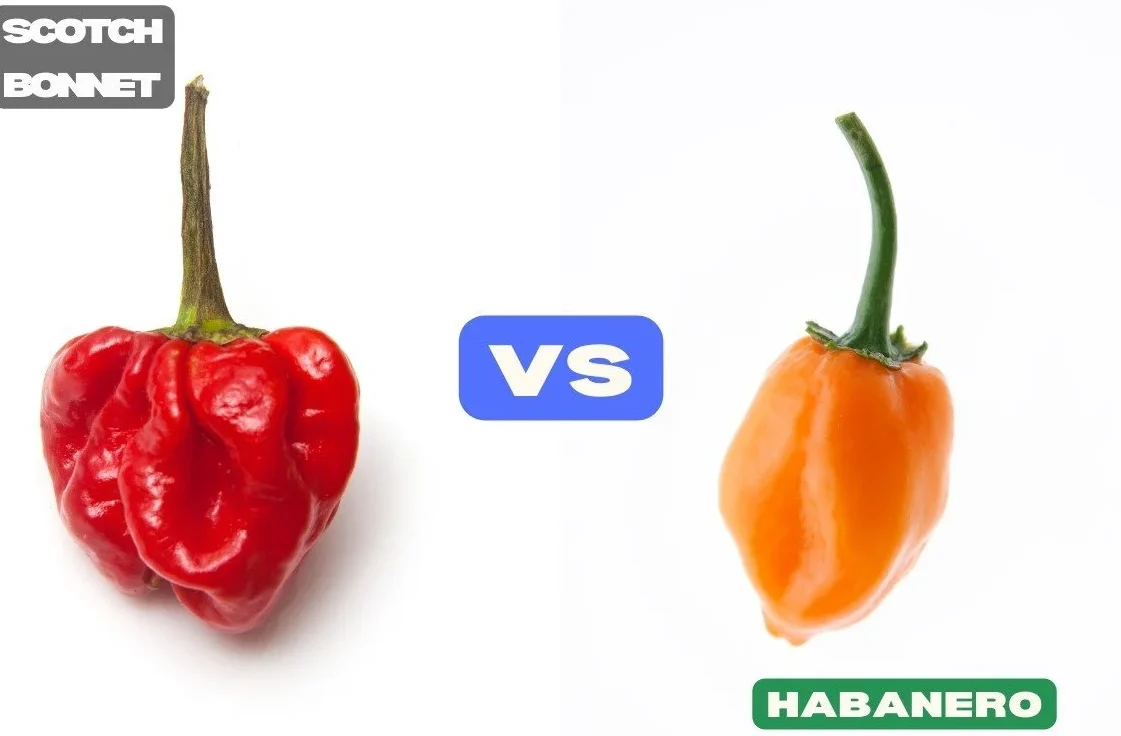
Jamaican cuisine is known for packing a lot of sweet and spicy flavor that feels pleasantly tropical to the taste buds. In most Jamaican recipes, that spice is thanks to the addition of Scotch Bonnet Peppers.
Scotch bonnet peppers are grown all over the Caribbean and, of course, in Jamaica! But in the United States, these hot peppers can be difficult to find. A common substitution is a habanero pepper for a Scotch bonnet pepper.
If you are planning to make this substitution, there are some things you should know about the difference between the two peppers. Both are part of the same Capsicum Chinense species, but they grow in different regions, shapes and textures and have a slightly different flavor as well.
What is a Scotch Bonnet Pepper?

Scotch bonnet peppers, sometimes called Jamaican hot peppers, Bahama mama, or Caribbean red peppers, is a small but very spicy pepper found in the Caribbean.
They come in yellow, red, orange, or green and are used in a variety of Jamaican recipes. The most common use for these peppers is jerk sauce, which of course is used as a marinade for jerk chicken, a popular spicy food served all over the islands.
What is a Habanero Pepper?

The Habanero Pepper comes in similar colors to the Scotch bonnet pepper, but it is found mostly in the amazon basin, Mexico, Panama, Costa Rica and some parts of the United States.
These peppers can often be found in grocery stores across the United States near the jalapeno peppers and are often used for hot sauce, salsa and adding spice to many dishes. Typically they are orange in grocery stores.
Appearance: Similarities and Differences
The Scotch bonnet pepper actually gets its name from the shape of the pepper. They grow in a shape that looks like a Scotsman’s bonnet, also referred to as a Tam o’Shanter hat. They look like tiny bell peppers that have been squashed slightly, with deep grooves all over.
The habanero pepper is a similar shape but has a bit more structure to it. They have a thick top and may be slightly pointed at the very bottom.
Both are little peppers, no more than an inch or two long. A habanero is typically a bit larger than a Scotch bonnet pepper. Both small peppers have a smooth, glossy exterior.
Both come in yellow, orange and red. They can also be harvested when they are green and some kinds of habanero ripen to white or even chocolate brown. The most common color for a habanero pepper is bright orange while you are more likely to find red Scotch bonnet peppers.
Spiciness: Similarities and Differences

The name “Scotch bonnet” may sound harmless, but these peppers do pack a good amount of heat. Habaneros and Scotch Bonnets are close cousins and both have a similar heat level, which can range from 100,000 to 350,000 on the Scoville heat scale.
The Scoville rating measures the pungency of a pepper’s heat in Scoville heat units (SHU). This is 12 to 140 times hotter than jalapeno peppers, which can measure between 2,000 and 8,000 in the heat rating.
While this amount of heat is not to be taken lightly, the Scotch bonnet chili peppers and habanero are not the spiciest peppers available. The ghost pepper is about 10 times hotter, while a Carolina Reaper can be up to 22 times hotter on the Scoville scale.
If you can’t handle a lot of heat, it’s best to avoid using too much of either of these peppers. But if you love a lot of spice, these peppers are not the hottest peppers out there. They are considered by most chefs to be the hottest pepper worth cooking with as when you get any hotter, it’s difficult to enjoy the flavor.
You should take care if you are using either of these peppers for cooking. I recommend wearing gloves to protect your hands from the heat as it tends to stick to the skin. If you do forget to wear gloves, make sure not to touch your face or eyes for hours or a day after working with Scotch Bonnets. The spice will affect your face significantly.
Flavor: Similarities and Differences

The biggest difference between these two peppers is in the unique flavor. Because they come from the same family of peppers, both are described as spicy with a slightly fruity flavor. In general the Scotch Bonnet Pepper has a sweeter flavor to it, while the habanero may be more citrusy and slightly bitter. The subtle differences may not be noticed by most.
For serious chefs who want a very authentic flavor, this difference in these types of peppers matters. The sweet flavor of the Scotch bonnet pepper pairs perfectly with the tropical fruits and flavors of Caribbean cuisine where a citrus kick from habanero chili peppers is the best fit for Hispanic dishes.
FAQs
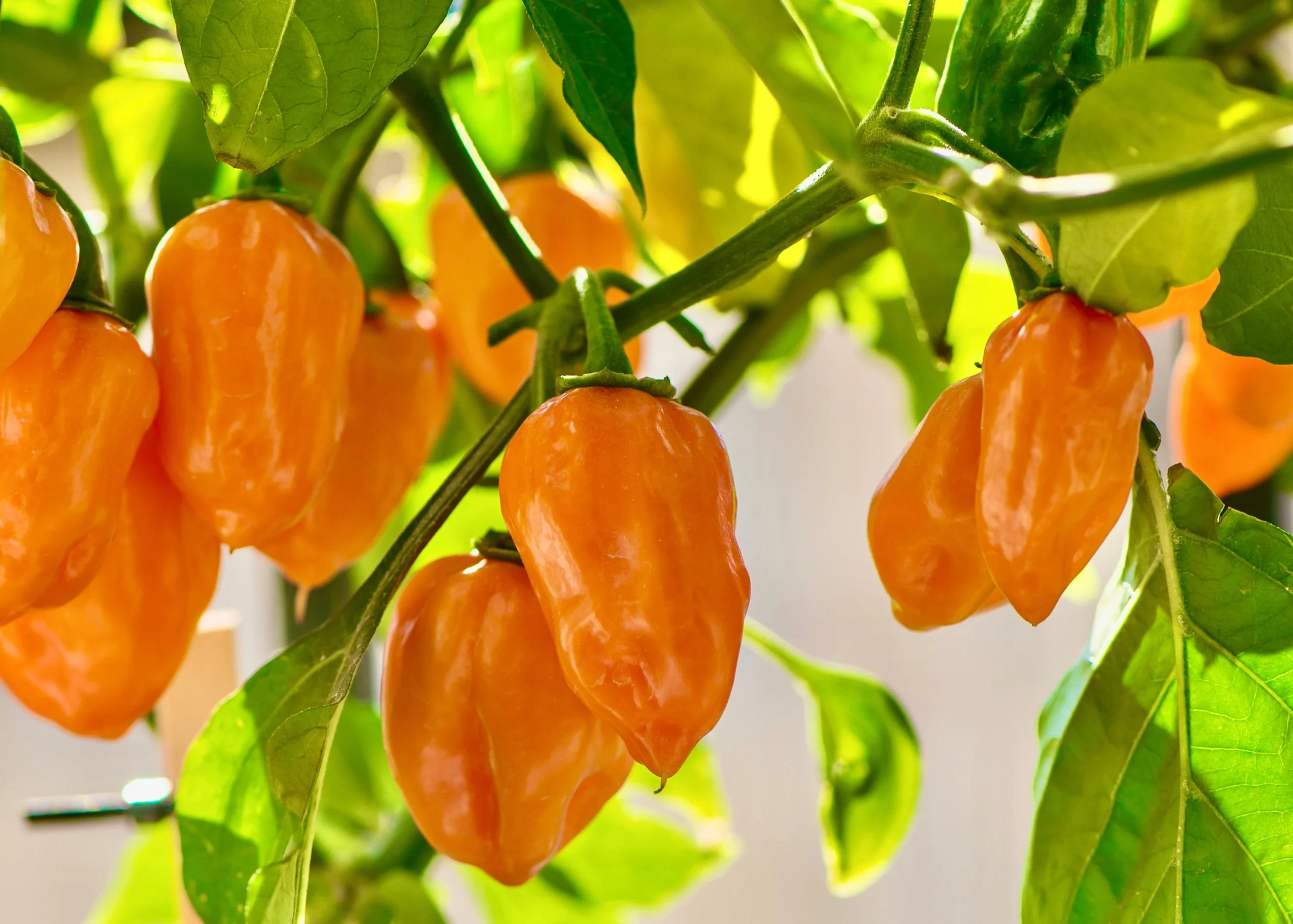
Both peppers have made their way around the world. but it can still be difficult to find fresh Scotch bonnet peppers in most standard grocery stores.
You will commonly find Scotch bonnet peppers in the Caribbean islands and in areas with a high Caribbean population, like Florida! But in most American grocery stores, you are more likely to find habanero peppers because they are more well known and are the pepper of choice for a wide variety of dishes.
If you are searching high and low for a Scotch Bonnet Pepper specifically, I recommend checking at a local Caribbean grocery store for the best chance at finding them.
Habanero Peppers are commonly used for salsa, hot sauces and hot pepper sauce, but their flavor goes well with a wide variety of dishes.
Scotch bonnet peppers are more popular in Jamaican cuisine, where the sweet and spice blend perfectly with other tropical flavors. Both can be used for a wide variety of spicy dishes, but Scotch bonnet chilies are more popular in Caribbean cooking.
In addition to packing a lot of flavor, both peppers pack a large amount of vitamin C and antioxidants. They can also be useful for reducing insulin resistance and improving pancreatic activity.
Did you enjoy this article on a Scotch Bonnet vs Habanero? If so, make sure to check out these other posts I picked out just for you:
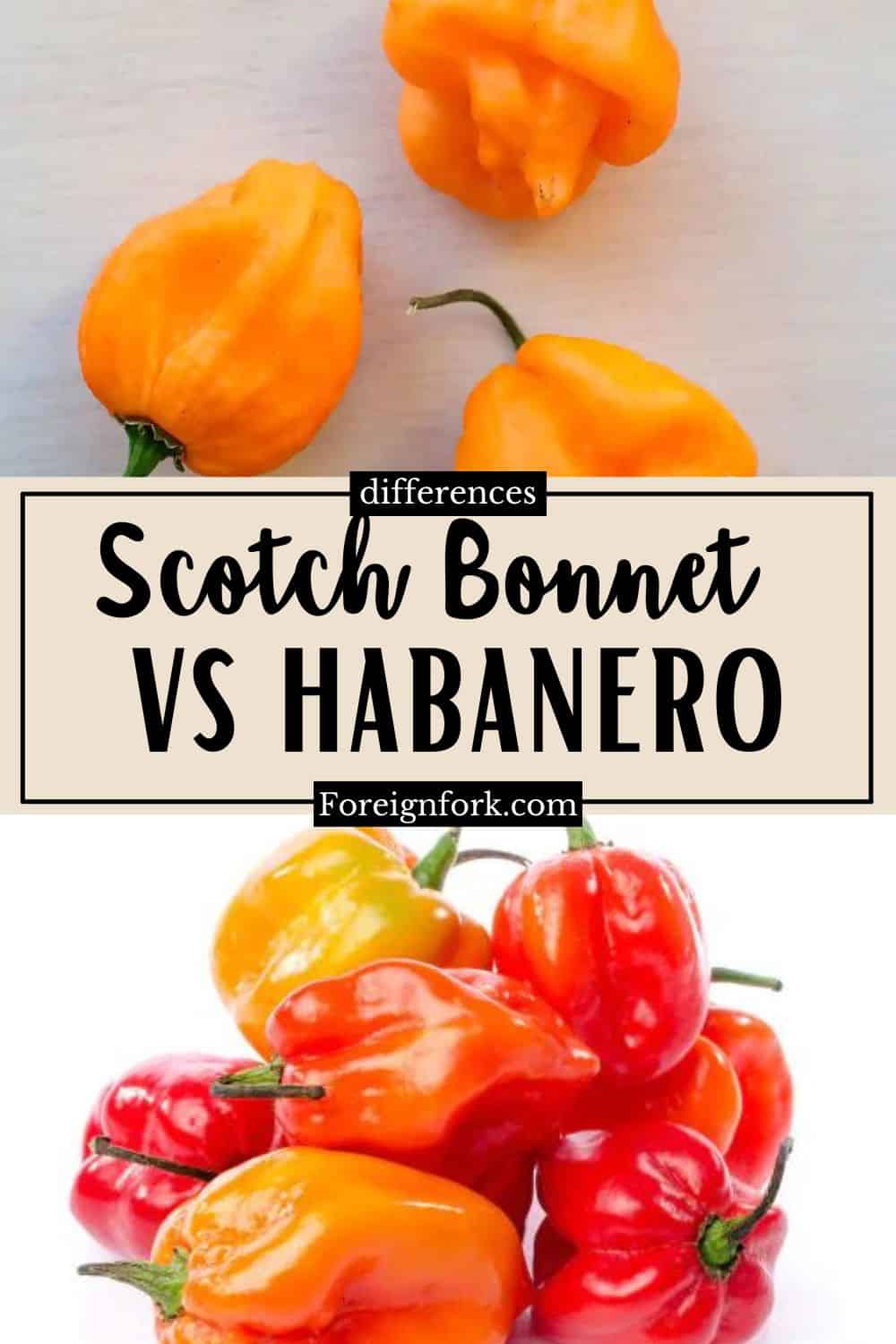


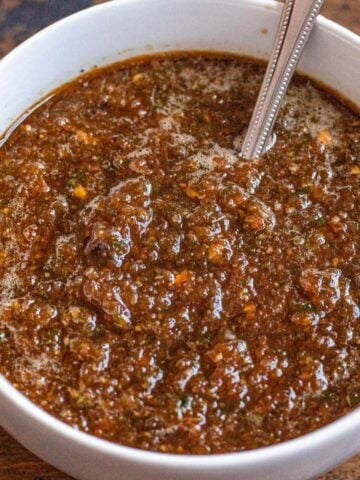
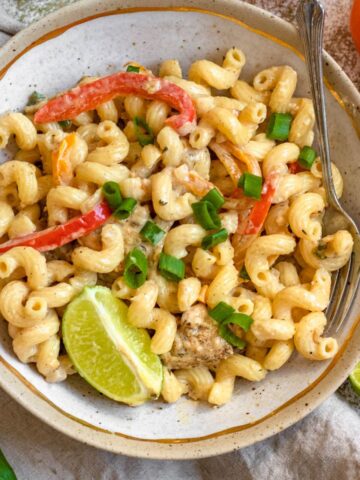
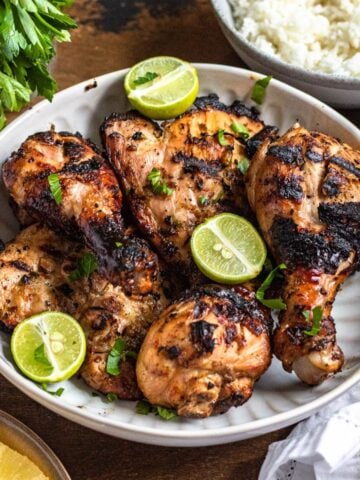

Barbara Thompson says
Your recipe and hints were very helpful. And I love the story around the cooking. It makes it sound like real people cooking!